We live in an age where we are more technologically advanced than ever before or are we? As it turns out, our ancient ancestors were much smarter than we thought, and in fact, some of their inventions were so advanced that they baffle modern-day scientists. Here are 10 Ancient Inventions That Science Still Can’t Explain.
1. Antikythera mechanism
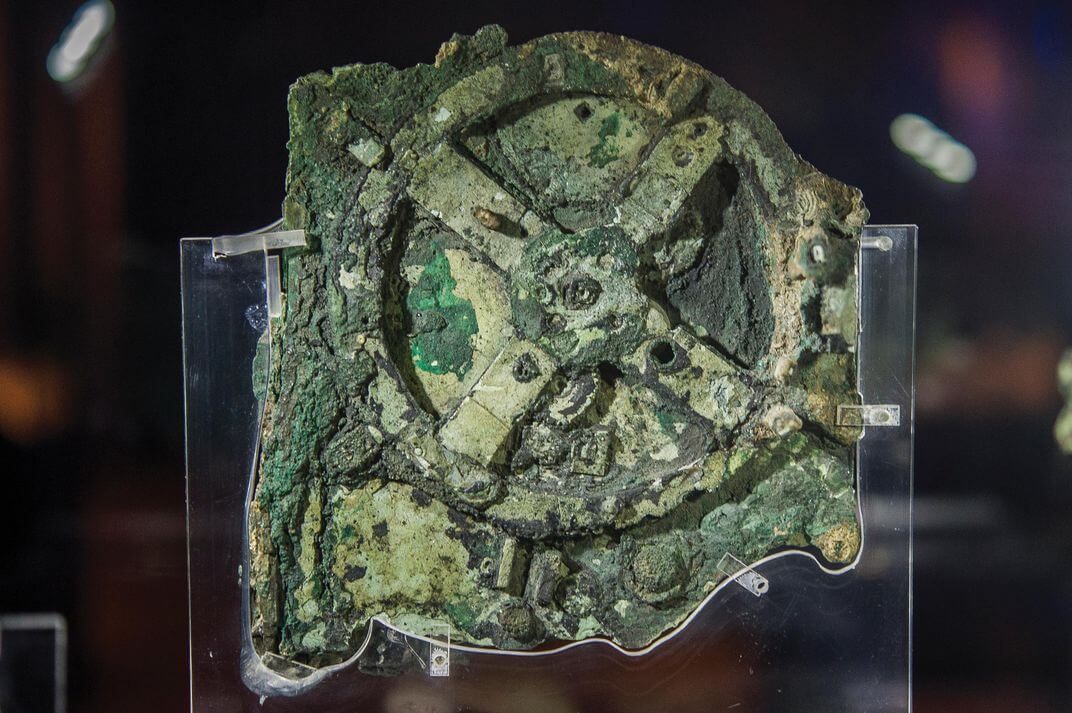
Divers discovered the Antikythera mechanism in 1900 at the bottom of the Aegean Sea in a Roman shipwreck.
The bronze device was found in a small wooden box and is made up of complex mechanical gears with mysterious engravings. It’s believed that it was created sometime between 250 and 100 BC.
However, the technology is so advanced that anything even remotely similar wasn’t discovered until over 1,000 years later when astronomical clocks were invented during the 14th century.
Scientists believe that it was basically an ancient analog computer, but no one knows what it was used for. The best guess is that it tracked astrological positions, like the lunar calendar and predicted events, such as the seasons.
The only problem is that it would have been hundreds of years before there was any scientific understanding of the planets or even gravity.
Its true origin or how it even really worked is still a mystery to this day.
2. Stone Balls of Costa Rica
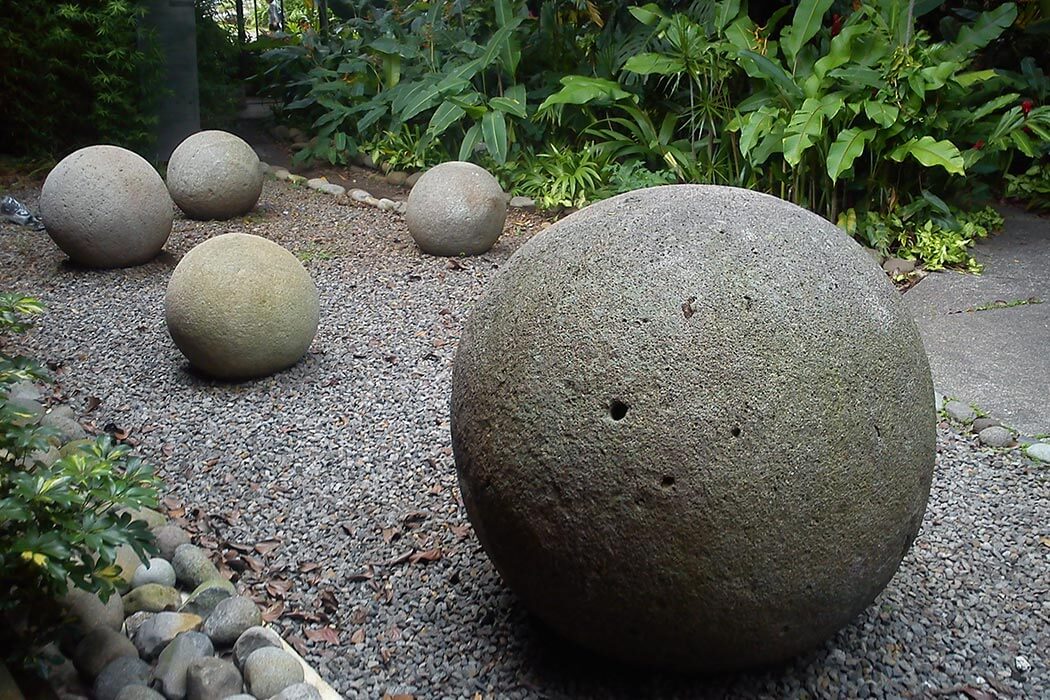
Spread across the Osa region in southern Costa Rica over 300 stone balls, known as Las Bolas, have mystified archeologists for decades.
They were created between 600 and 1000 AD and vary from only a couple inches to over six feet in diameter and weigh up to 15 tons. Each one of them is made from gabbro, limestone, or sandstone. They’re nearly perfectly round and would’ve been carefully sculpted and sanded into a shape from much larger boulders.
The Diquis people, who are native to the area, are likely the ones who made them. However, nobody knows why or how they were able to accomplish this.
One theory is that they were put into lines leading to the chief’s home, but by the time the spheres were discovered in the 1930s, they may have been moved.
Some believe that the balls were relics left from the lost city of Atlantis, while others tried blowing them up in order to see if they contained hidden gold treasure, but to this day, nobody has any answer for why they even exist.
3. Greek fire

Between the seventh and 12th century, the Byzantine Empire was still in full swing defending the remaining borders of the once-massive Roman Empire, which often involved large Naval battles.
The Byzantines would use a system of tubes and siphons to create a type of flamethrower capable of shooting a flammable liquid chemical at their enemies.
There are numerous records, including detailed drawings, of it being used. The only problem is, no one knows what it was made from. It’s believed that it was a secret Byzantine formula that only a few select very important people knew, and it was so well hidden that it eventually died out along with the rest of the Roman Empire.
The mystery chemical was said to cling to flesh and could engulf a ship within minutes. What made it especially deadly was that it could burn in water. Scientists have not been able to replicate the effects of this mystery chemical and to this day, it remains unsolved.
4. The universal antidote

Mithridates VI was the king of Pontus from 120 to 63 BC, and it was during this time that he developed the mythical Antidotum Mithridatium.
After his father was assassinated, Mithridates went rogue and lived in the forest for seven years. During that time, he experimented with different formulas that would give him immunity from poisons. He went as far as to ingest small amounts of lethal venoms to test out his medicines. The result was made from 54 different ingredients, including chopped vipers, opium, and small amounts of lethal poison and known antidotes, which were mixed together in a flask and left for two months.
History tells us that this liquid was incredibly valuable. However, because it was so closely guarded, the secret formula was never passed on.
5. Damascus Steel

Damascus Steel was first discovered around 300 BC, but all remaining traces of how the steel was forged were lost by the 18th century.
The steel was named for the capital city of Damascus in Syria where it was founded and made into some of the world’s deadliest swords, including Viking swords.
The steel was known for its beautiful wave patterns and was said to be able to bend 90 degrees and bend back into place without breaking.
The indestructible material was made from wootz, which is a combination of iron and steel that would have been imported from Asia and then melted with a mix of raw plant matter to make crucible steel. It was extremely advanced nanotechnology alchemy.
It’s only thanks to modern scanning electron microscopes that scientists even have an understanding of what made the steel so strong, but exactly how the swords smiths did this is still unknown.
6. Zhang Heng’s seismoscope
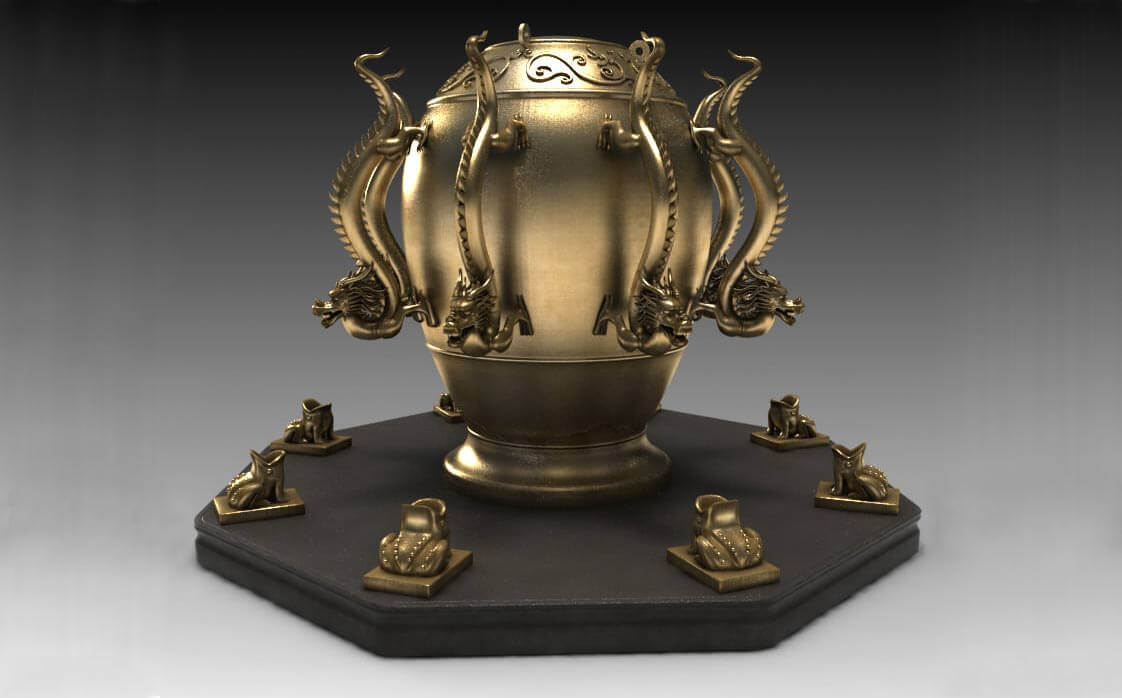
It may just look like a badass piece of ancient art, but when Chinese inventor and astronomer, Zhang Heng, created the seismoscope around 130 AD, he actually invented the first known earthquake detector.
The bronze urn-shaped device was incredibly decorated, with eight dragons attached to its sides representing the eight basic directions facing eight open-mouthed frogs which sat below them.
When it detected an earthquake, the dragon representing the direction of the quake would drop a ball into the frog’s mouth. It was amazingly accurate and could detect a quake from hundreds of miles away, but what’s truly incredible is that this was done despite tectonic plates not even being discovered yet.
Scientists have been trying to replicate this seismoscope for centuries, even as recently as 2005, all unsuccessfully. Even the mechanisms inside the vessel and how the ball dropped are still unknown.
7. The Great Pyramid of Giza

One of the biggest mysteries of the ancient Egyptians is the Great Pyramid of Giza. The pyramid would have been finished around 2560 BC and would have taken tens of thousands of workers 10 to 20 years to build.
It’s the oldest and largest of the three Giza pyramids and amazingly it’s still largely intact, and for centuries, it was the largest manmade object on earth.
It’s made from 5.5 million tons of limestone, 8,000 tons of granite, and 500,000 tons of mortar. Its base is 756 feet and when it was first built, it would have been 481 feet tall, but it’s not the why it was built that remains a mystery. In fact, researchers believe that it was actually a tomb for the Fourth Dynasty pharaoh, Khufu, but instead how it was built.
Now, there are numerous theories, from using scaffolding, pulleys, ropes, or ramps all the way to alien intervention, but despite years of investigation, no one can agree on how it was planned or even how the blocks were put in place.
8. The Baigong Pipes
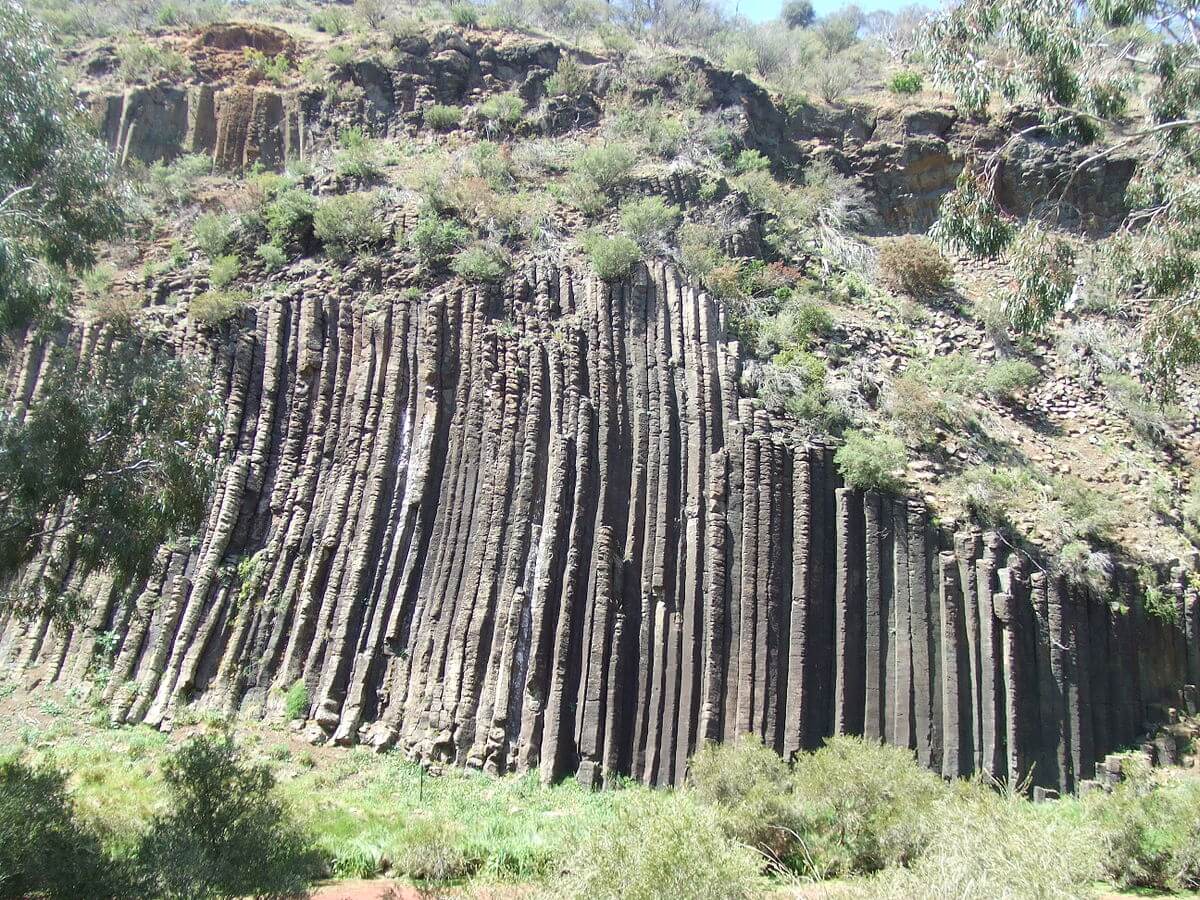
The Baigong Pipes are a series of ancient pipes that run through Mt. Baigong in China. It’s believed that a team of American researchers who were looking for dinosaur fossils were the first to discover the series of pipes before reporting them to officials.
The pipes range up to 16 inches in diameter and run through the mountain and three of its caves. Some of them run all the way to Tulsa Lake, which is about 260 feet away from the foot of the mountain.
They’re believed to be very old and made from oxidized iron, silicon dioxide, and calcium oxide, but not only is the purpose of these pipes a mystery, but scientists are still completely baffled by how they could have gotten there.
For context, Mt. Baigong is completely uninhabitable, so an ancient civilization would’ve had to make their way there and had the technology developed enough to make the pipes and drill through the rock.
9. Flexible glass
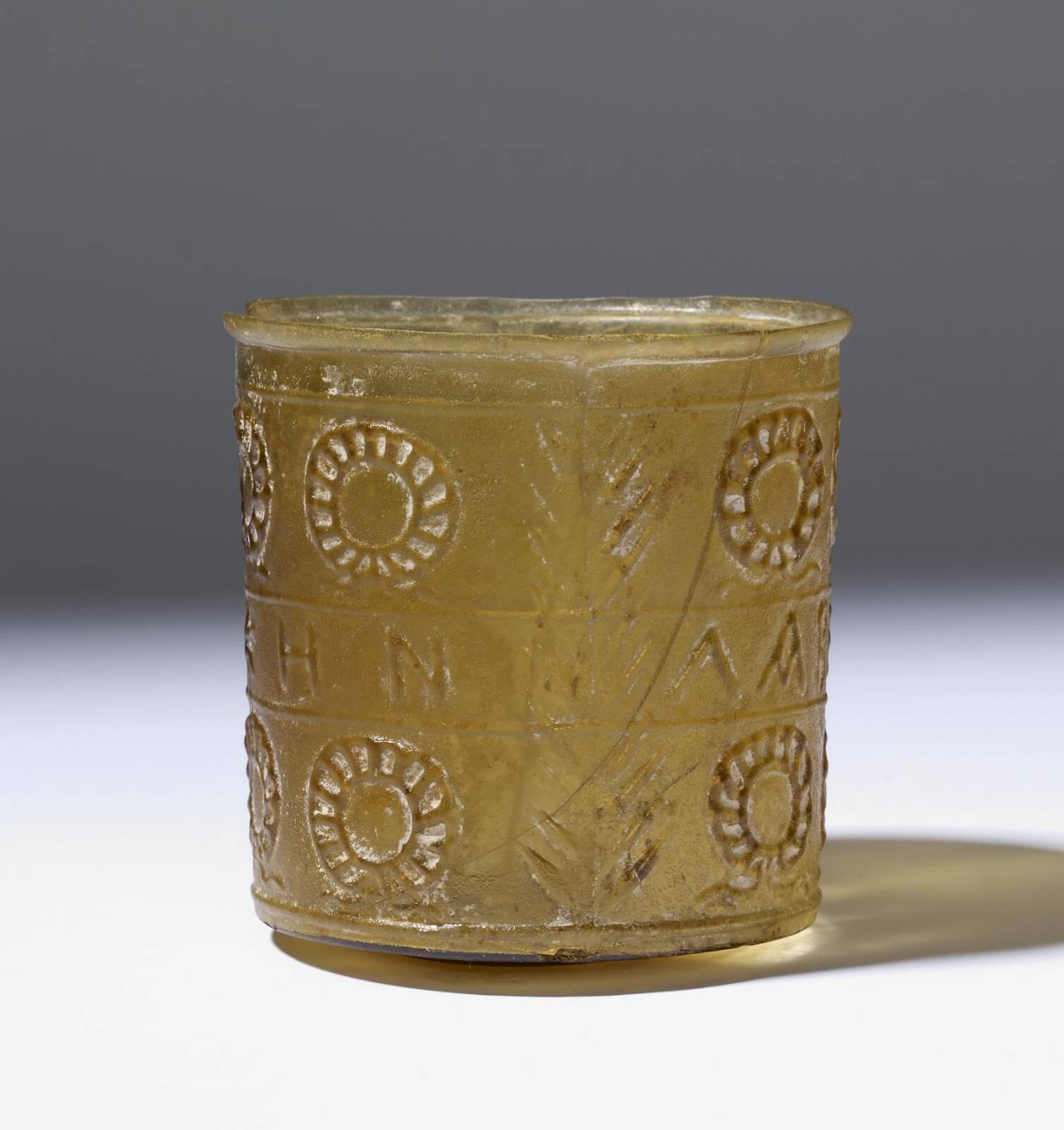
Between 14 and 37 AD, during the reign of Roman emperor Tiberius Caesar, a glassmaker invented vitreum flexible or unbreakable glass, that was so advanced, we still don’t understand it.
From the glass, he made a drinking bowl, which he gave to the emperor. Tiberius tested the bowl by throwing it on the ground and amazingly, the glass didn’t break and only had a small dent.
He told the emperor that he was the only one who knew the formula and technique for making the glass, but like a lot of inventors ahead of their time, instead of being praised and given heaps of cash, things went in a very different direction.
Despite it being a groundbreaking discovery, Tiberius was less than impressed because he was worried that it would bring down the value of silver and gold, so as any other reasonable dictator would do, he had the glassmaker beheaded and with his death went the secret of the glass and its properties.
10. Saksaywaman
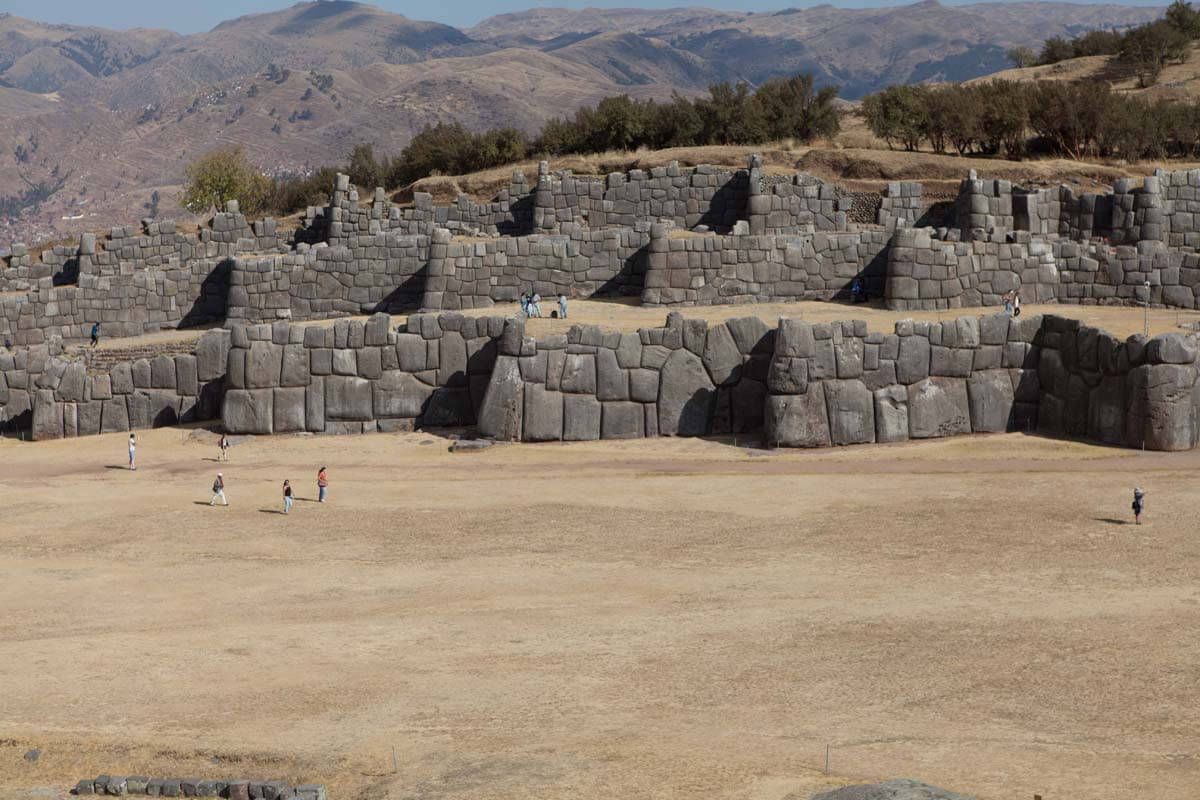
Located on the outskirts of Cusco, Germany is an ancient walled city known as Saksaywaman. It was built on a hilltop between 900 and 1000 AD by the Killke culture before it was expanded during the 13th century under the Inca Empire. But it’s not what lies behind the walls that’s so interesting, but instead, the walls themselves.
The walls are made from massive carved limestone boulders over 27 feet tall and weighing over 100 tons. They would’ve been transported from a quarry nearly two miles away, and they are some of the strongest walls ever built.
That’s because the stones fit together so perfectly that not even a blade of grass can wedge between them. Even more impressive is that mortar wasn’t even used to keep them together.
Some people have theorized that the stones were carved all together, but they’re so oddly shaped and yet so precise that scientists still have no idea what technology would have been used to calculate the angles.



